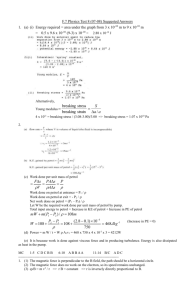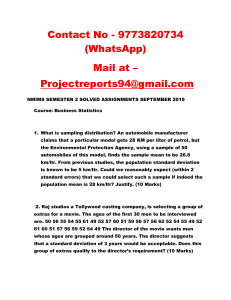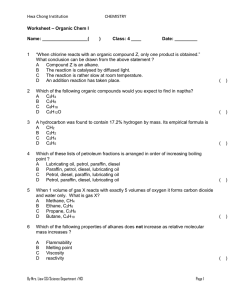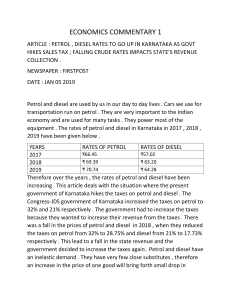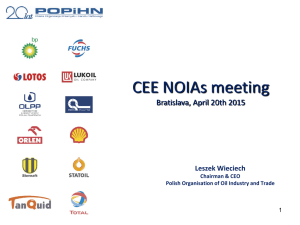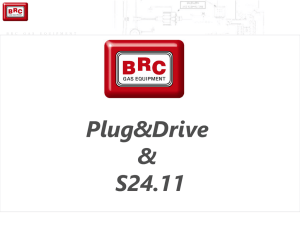Engineering Chemistry Q B Section
advertisement
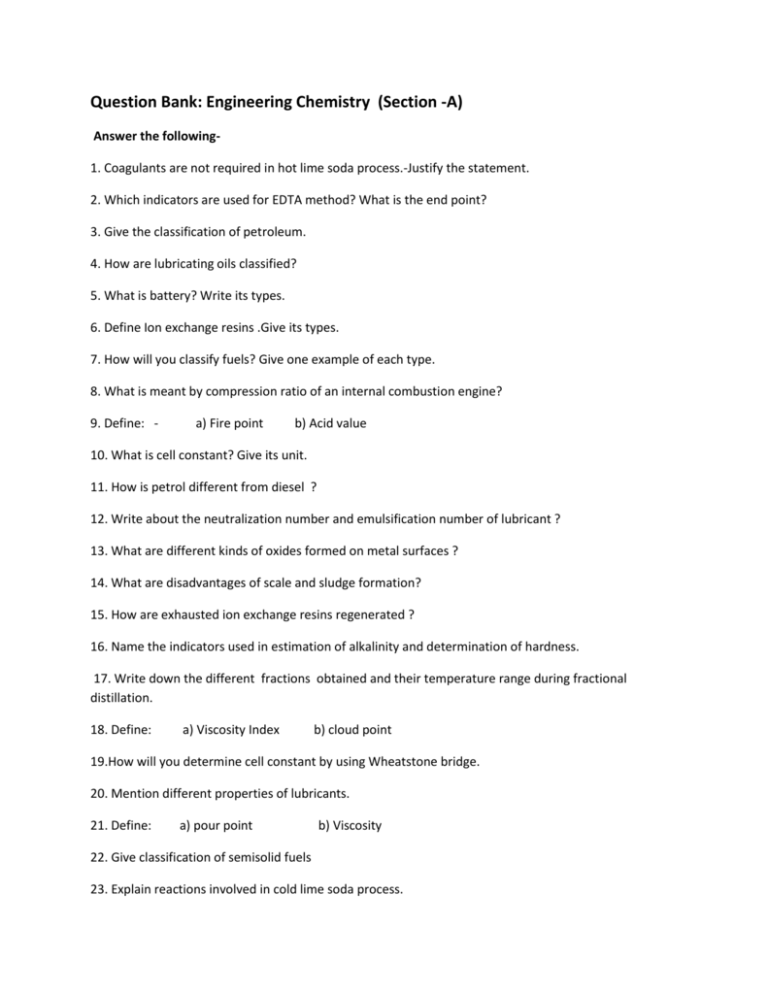
Question Bank: Engineering Chemistry (Section -A) Answer the following1. Coagulants are not required in hot lime soda process.-Justify the statement. 2. Which indicators are used for EDTA method? What is the end point? 3. Give the classification of petroleum. 4. How are lubricating oils classified? 5. What is battery? Write its types. 6. Define Ion exchange resins .Give its types. 7. How will you classify fuels? Give one example of each type. 8. What is meant by compression ratio of an internal combustion engine? 9. Define: - a) Fire point b) Acid value 10. What is cell constant? Give its unit. 11. How is petrol different from diesel ? 12. Write about the neutralization number and emulsification number of lubricant ? 13. What are different kinds of oxides formed on metal surfaces ? 14. What are disadvantages of scale and sludge formation? 15. How are exhausted ion exchange resins regenerated ? 16. Name the indicators used in estimation of alkalinity and determination of hardness. 17. Write down the different fractions obtained and their temperature range during fractional distillation. 18. Define: a) Viscosity Index b) cloud point 19.How will you determine cell constant by using Wheatstone bridge. 20. Mention different properties of lubricants. 21. Define: a) pour point b) Viscosity 22. Give classification of semisolid fuels 23. Explain reactions involved in cold lime soda process. 24. Define Neutralization number. 25. Discuss corrosion due to liquid metal. 26. Why CNG is preferable LPG ? 27. Electrode of conductance of cell have an area 8 cm2each and are separated by 1.35 cm. Calculate cell Constant. 28.The resistance of 0.08 N solution of an electrolyte in a conductivity cell was found to be 50 ohms. Calculate the equivalent conductance of of the solution, if the electrodes in the cell are 2.2 cm apart Have an area of 3.8 cm2 . 29. What is Knocking ? Name two antiknocking reagents used in petrol engine. 30. What is Cracking ? What are the types? 31. What is EBT. Write its molecular structure. 32. Write the formula for determination of moisture and volatile matter. 33.What is power alcohol ? 34. What is Carbonization ? 35. Differentiate between Gross and Net calorific value. 36.State Kohlrausch’s law. 37. What is soil corrosion ? 38. What is Coke ? 39. What is Unleaded petrol ? 40. Define : a) Octane No. b) Cetane No. 41.Which of the following is complexometric titration? a) FAS vs EDTA c) FeSO4 vs KMnO4 b) Hard water vs EDTA d) Acid vs Base 42. Outline the functions of Lubricant? 43. Mention two advantages of Diesel over petrol as a fuel. 44.Oiliness is more in case of ------a) Grease b)Mineral oil c)Vegetable or animal oil d) Synthetic oil 45.Differentiate Hard water and soft water. 46. Write any four properties of coke. 47. Write molecular structure of EDTA. 48. What is Caustic Embrittlement. 49.What type of lubriction is involed in delicate machines like watches, clocks, sewing machines ,etc. 50.Hardness of water containing MgCl2 (mol wt 95) with conc. 190 mg/lit is------ ppm. 51. What are constituents of producer gas. 52. Define chemical fuel. 53.How does fuel cell differ from battery. 54.Mention four factors for seletion of good quality of coal . 55.Calgon is a trade name of----a) Sodium silicate b) Sodium zeolite c) Sodium hexameta phosphate d) Calcium phosphate. 56. What are advantages and disadvantages of liquid fuels ? 57. Differentiate between high temperature carbonization and low temperature carbonization. 58. Write the reactions involved in reduction zone during manufacturing of producer gas. 59.Write any four reactions involved in lime soda process. 60.Match the paira. Petroleum ether 1. 180 - 250 degree celcius b. Petrol 2. 250 - 320 degree celcius c, Kerosene 3. 30 - 70 degree celcius d. Diesel 4. 40 – 120 degree celcius





